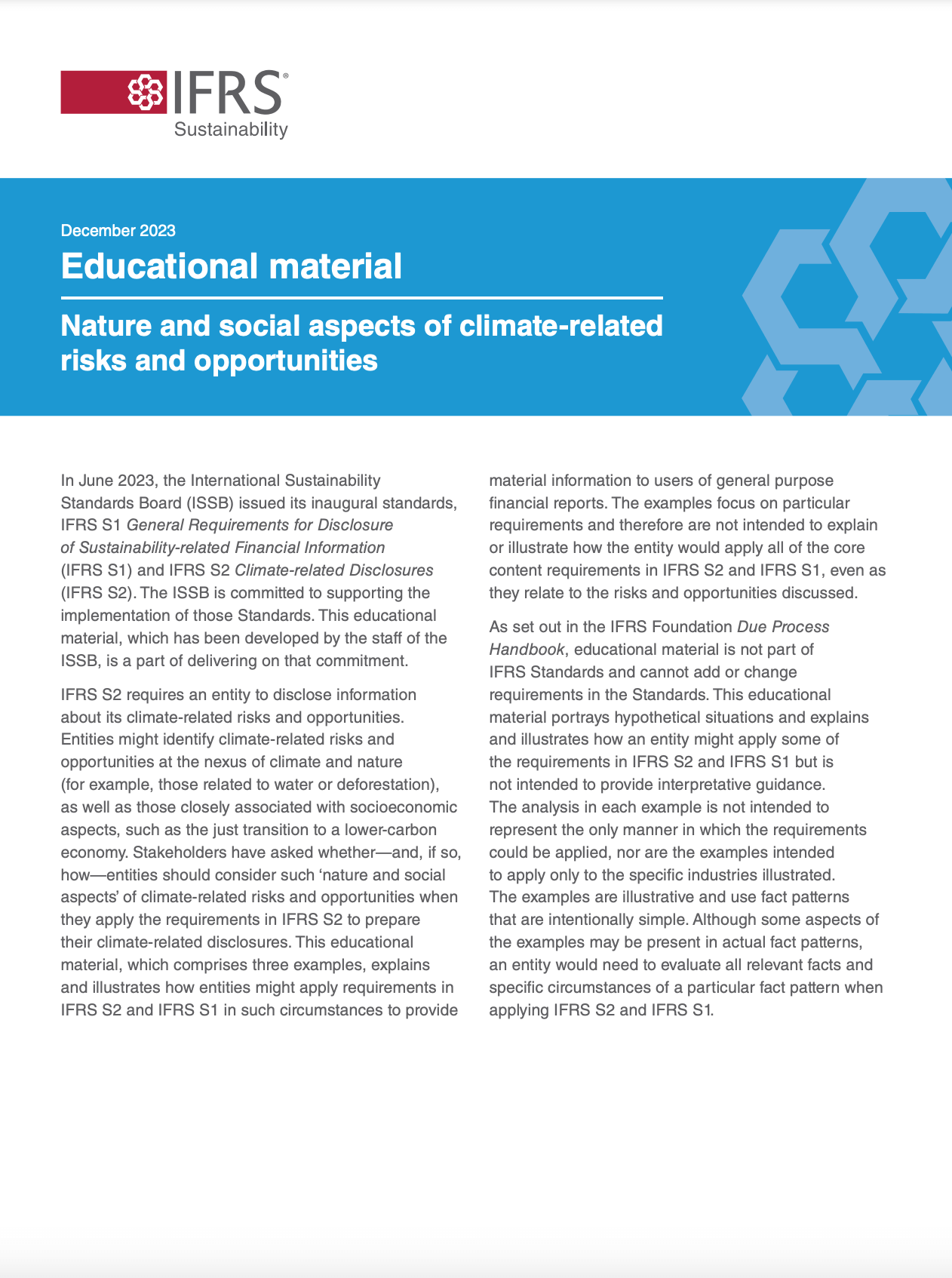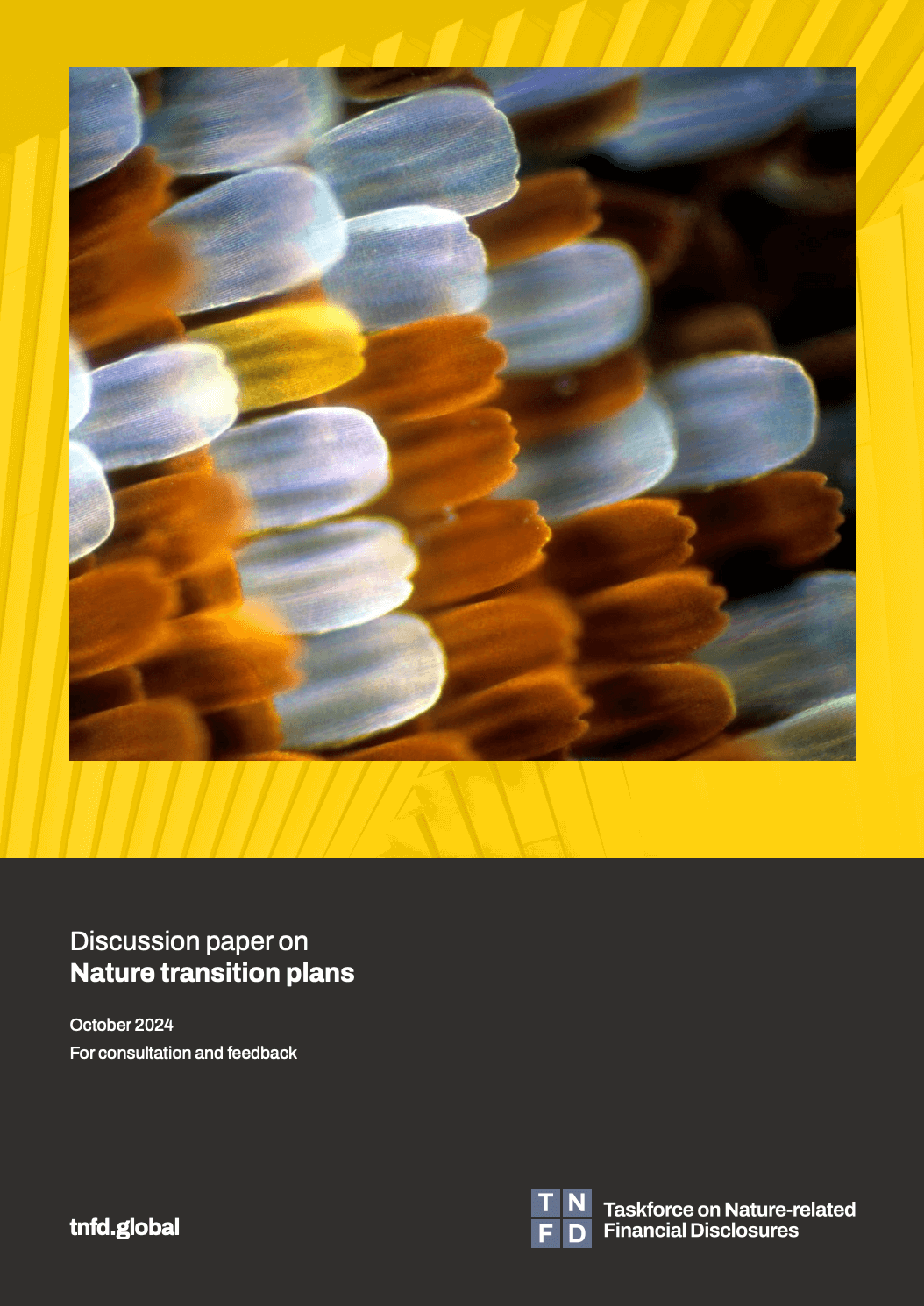Discussion paper on Nature transition plans
Detalles
| The mission of the Kunming-Montreal Global Biodiversity Framework (GBF) is to halt and reverse biodiversity loss by 2030, with the goal of making the world live in harmony with nature by 2050. Carrying out the transition implied by this international agreement requires significant changes in business practices in all sectors. Therefore, a wilderness transition plan—as defined in the discussion paper—sets out an organization's objectives, goals, actions, accountability mechanisms, and resources to respond to and contribute to the transition that MGB entails. This publication is a discussion paper that sets out draft guidance on wilderness transition planning for companies and financial institutions developing and disseminating a transition plan. The document covers all aspects of nature, except climate change and greenhouse gas emissions as drivers of nature loss, and natural carbon stocks. Transition planning for these issues is covered in the guidance of organizations such as GFANZ. The TNFD has collaborated in the preparation of this document with other initiatives and partners, such as GFANZ, Transition Plan Taskforce, SBTN, Business for Nature and WWF. Main areas of interest
|
Recursos relacionados
Global biodiversity loss from outsourced deforestation
This study shows that countries with higher incomes are killing wildlife beyond their borders. The demand for products grown beyond…

New and updated resources to help companies implement IFRS S1 and IFRS S2 from 2024 onwards
Ahead of the ISSB Standards (IFRS S1 and IFRS S2) coming into force in January 2024, the International Sustainability Standards…


